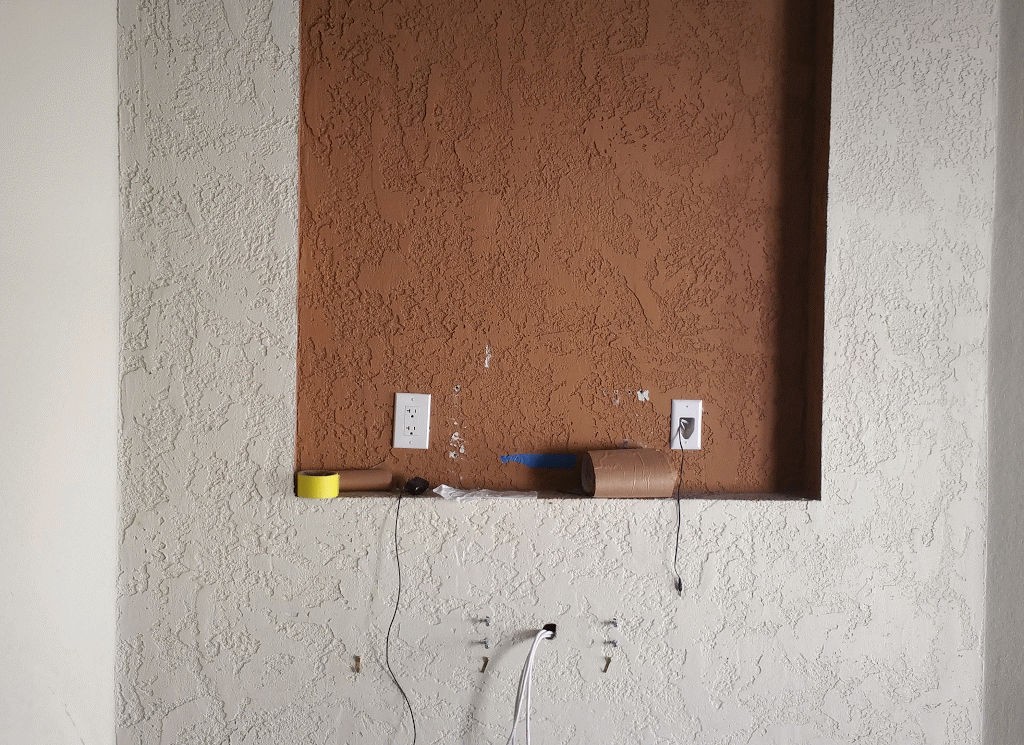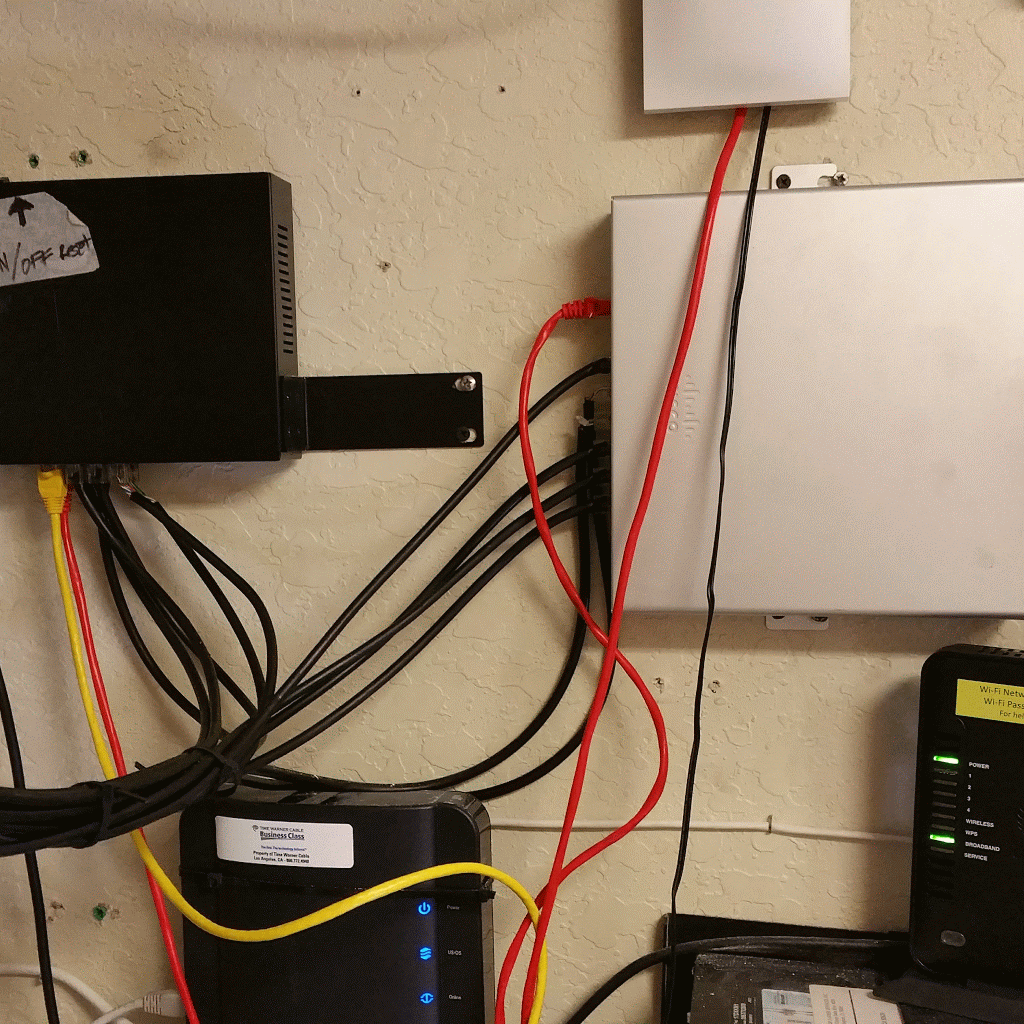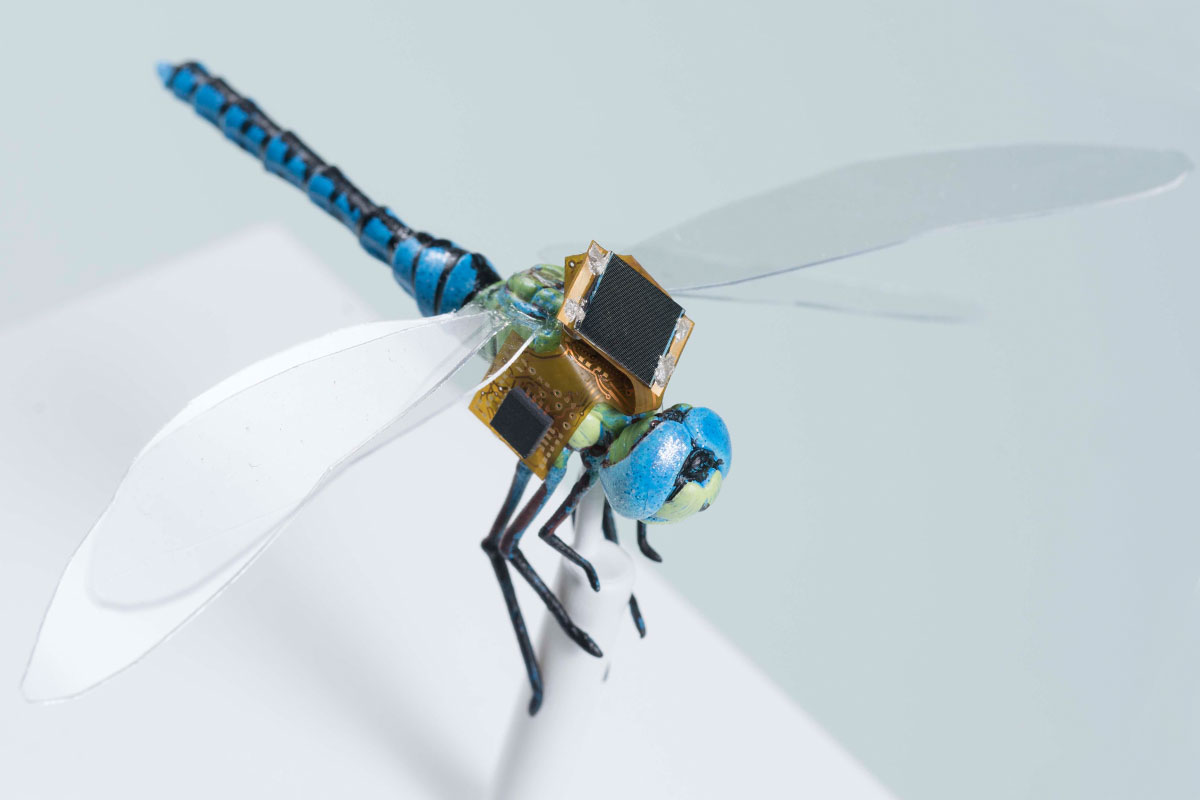See Through Solid Objects With Your Smart Phone.
New To Market, Handheld 3D Imaging System For Your Smart Phone.
Vayyar Announces Walabot, a Handheld 3D Imaging System for Consumers, Developers and Curious Inventors Everywhere.
Available in April 2016 for Android devices, Walabot sees beyond the limits of human vision
TEL AVIV and SAN FRANCISCO, February 18, 2016 —
Vayyar Imaging (http://vayyar.com), the 3D-imaging sensor company whose technology makes it possible to see through objects, liquids and materials, announced today the launch of Walabot, a consumer version of its 3D imaging system. Walabot’s powerful sensor technology can look through walls to detect structural foundations, track a person’s location and vital signs as they move through a Smart Home, measure the speed of a fast-
moving ball, and help drones and cars avoid collisions. Available on Android devices in April 2016, Walabot’s programmable sensors open up a world of possibilities for curious inventors and developers everywhere.
“Walabot instantly turns a smartphone into a powerful 3D-imaging system at your fingertips. Our advanced technology lets people see all kinds of things hidden in the world around them, adding yet another dimension to the way people use smart devices today,” said Raviv Melamed, CEO and co-
founder, Vayyar Imaging. “Walabot makes highly sophisticated imaging technology approachable, affordable and usable for everyone. It can help the blind avoid obstacles, sense – and alert you – if your mother or father has fallen in the shower, help your robot become autonomous, and much more. We can’t wait to see what other kinds of applications makers and curious inventors around the world willcreate for Walabot.”
Walabot API
Walabot will be pre-installed with Vayyar-created apps at launch. Additionally, the Walabot API will also be made available to the public in April 2016, giving makers and inventors around the world the opportunity to develop content that takes advantage of Walabot’s truly unique 3D imaging sensor technology. Not only can Walabot users play with existing apps, but they can also create their own or access apps available within the Walabot community. Walabot’s technology is simple and intuitive, so people with any level of experience can use it to enjoy and better the world around them. Walabot will range in price from $149USD to $599USD.
——————————————————————————————————————
About Vayyar
Vayyar Imaging (http://vayyar.com) is changing the imaging and sensing market with its breakthrough 3D imaging technology. Vayyar’s exclusive sensors quickly and easily look into objects, analyze the makeup of materials & track changes and movements – bringing highly sophisticated imaging capabilities to your fingertips. Our goal is to help people worldwide improve their health, safety, and quality of life using mobile, low-cost, and safe 3D imaging sensors. Located in Israel, Vayyar Imaging is a privately held company backed by Walden Riverwood, Battery Ventures, Bessemer Venture Partners, Israel Cleantech Ventures (ICV) and Amiti Ventures.
Follow
@VayyarInc and @Walabot on Twitter, like us on Facebook, or learn more at http://vayyar.com.
All trademarks contained herein are the property of their respective owners.
Media Contacts:
Amanda Taggart-Hughes Mindy M. Hull
Mercury Global Partners for Vayyar Mercury Global Partners for Vayyar
+1 310 980 9587 +1 415 889 9977
amanda@mercuryglobalpartners.com mindy@mercuryglobalpartners.com
Twitter: @MercuryGlobal Twitter: @mmhull
First Genetically Modified Insect Drones Take Flight
Draper combines navigation and neuromodulation to guide insects CAMBRIDGE, MA –
The smallest aerial drones mimic insects in many ways, but none can match the efficiency and maneuverability of the dragonfly. Now, engineers at Draper are creating a new kind of hybrid drone by combining miniaturized navigation, synthetic biology and neurotechnology to guide dragonfly insects. The system looks like a backpack for a dragonfly.DragonflEye, an internal research and development project at Draper, is already showing promise as a way to guide the flightpath of dragonflies. Potential applications of the technologies underpinning DragonflEye include guided pollination, payload delivery, reconnaissance and even precision medicine and diagnostics. “DragonflEye is a totally new kind of micro-aerial vehicle that’s smaller, lighter and stealthier than anything else that’s manmade,” said Jesse J. Wheeler, biomedical engineer at Draper and principal investigator on the program. “This system pushes the boundaries of energy harvesting, motion sensing, algorithms, miniaturization and optogenetics, all in a system small enough for an insect to wear.”DragonflEye has been a team effort between Draper and Howard Hughes Medical Institute (HHMI) at Janelia Research Campus to create new optogenetic tools that send guidance commands from the backpack to special “steering” neurons inside the dragonfly nerve cord.Research at HHMI—led by Anthony Leonardo, Janelia Research Campus group leader—has led to a deeper understanding of “steering” neurons in the nervous system of the dragonfly that control flight. HHMI is applying techniques in synthetic biology to make these “steering” neurons sensitive to light by inserting genes similar to those naturally found in the eye. Draper is developing tiny optical structures, called optrodes, that can activate the special “steering” neurons with pulses of light piped into the nerve cord from the dragonfly’s backpack. Traditional optical fibers are too stiff to be wrapped around the tiny dragonfly nerve cord, so Draper developed innovative flexible optrodes that can bend light around sub-millimeter turns. These optrodes will enable precise and targeted neural activation without disrupting the thousands of nearby neurons. “Someday these same tools could advance medical treatments in humans, resulting in more effective therapies with fewer side effects,” said Wheeler. “Our flexible optrode technology provides a new solution to enable miniaturized diagnostics, safely access smaller neural targets and deliver higher precision therapies.”Draper’s work on the DragonflEye program builds on its legacy in autonomous systems, microsystems, biomedical solutions and materials engineering and microfabrication. This deep expertise extended previous Janelia Research Campus work in energy harvesting and miniaturization to create the insect-scale autonomous navigation and neuromodulation system. DragonflEye provides opportunities to put technology on some of nature’s most agile insects. For instance, honeybees, whose population has collapsed by half in the last 25 years, could be equipped with Draper’s technology to assist with pollination. One of nature’s greatest pollinators, honeybees contribute more than $15 billion to the value of U.S. agriculture every year. Draper’s tiny guidance system could help stem the loss of pollinators by monitoring their flight patterns, migration and overall health.
First Look: Behind-the-scenes with DragonflEye from Draper on Vimeo.
Ways Technology Is Improving Our Health




We hear all the time about how technology is bad for us. Since the introduction of computers. Even people working on App Development have the same issues, we spend more time sitting at a desk than moving around at work. We have created this sedentary lifestyle that is causing havoc in our overall life.
What if I were to tell you that technology has produced benefits? Would you believe me if I said that technology is good for your health?
Most of you wouldn’t look at first. Well, you may be able to think of a couple of ways that the computer has helped, but you are still stuck on all the negatives that ‘experts’ have shared in the past. The problem with the ‘experts’ is that they are only focused on the negatives. They haven’t looked at so many of the benefits.
So, that’s what we’ll do today. We’ll consider all the ways that technology improves our health. We’ll discuss just how it has boosted results in certain areas of healthcare and what it does for us daily.
SOURCES:
See complete articles at :
- https://www.positivehealthwellness.com/fitness/8-ways-technology-improving-health/
- https://advisory.ey.com/digital/mobile-tech-improving-africa-health-economy
- http://itechfuture.com/health-care-technology/
- http://www.rapidvaluesolutions.com/wearable-technology-the-future-of-healthcare/
- http://www.hhnmag.com/articles/3580-the-medical-technologies-that-are-changing-health-care









